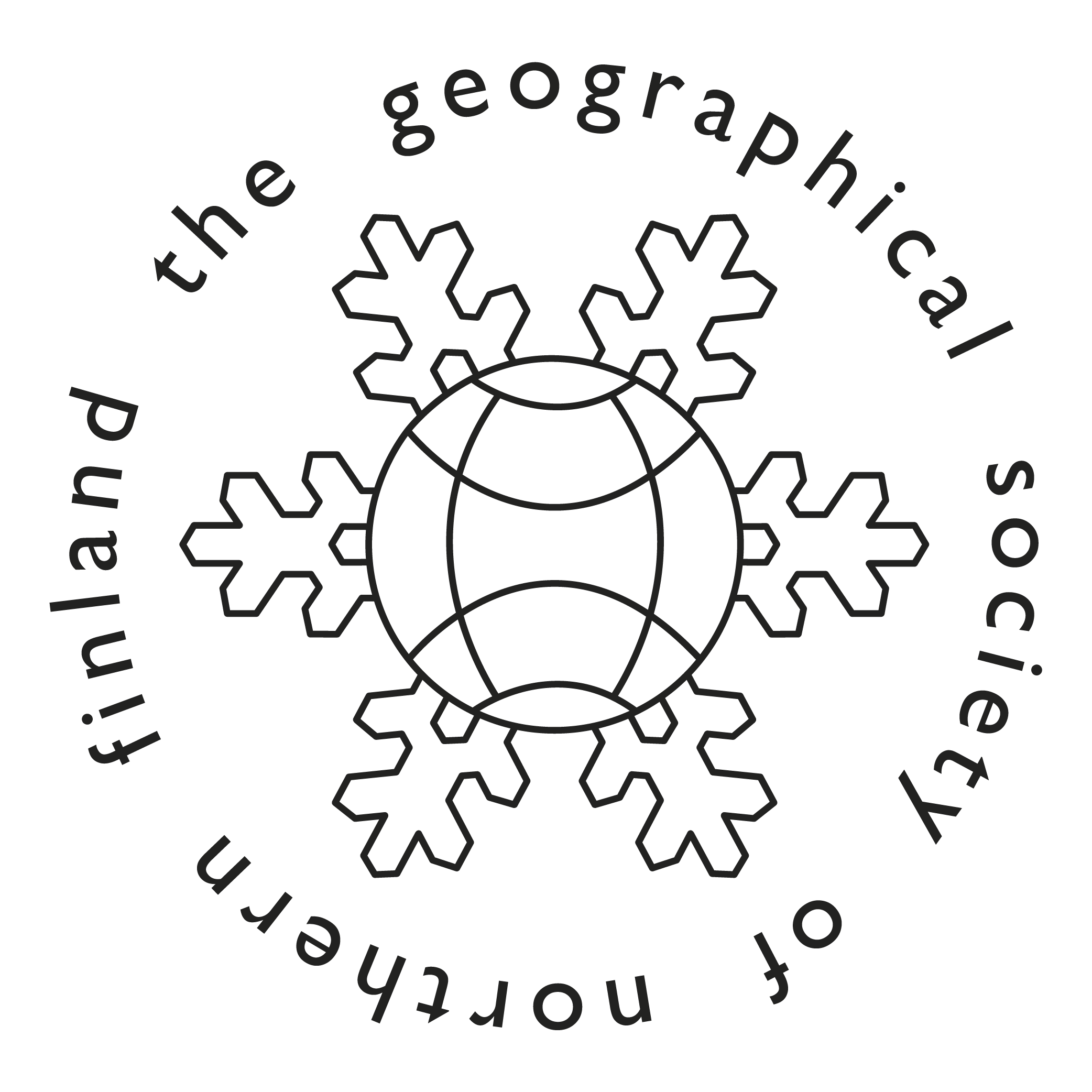New approaches to the study of Arctic warfare
Abstract
This article uses the Russo-Finnish Winter War of 1939–1940 as a case study to introduce several approaches that can be employed when studying Arctic warfare in winter. The study of Arctic warfare is a highly context-related field: the Finnish-Russian border area had a character of its own. Combat here essentially was sub-Arctic forest fighting. Unpreparedness for such peculiarities and special conditions, in particular for the harsh sub-zero weather, ice, deep snow and shortened days of winter, complicated military action and even led to military failures. Many historical antecedents show that those armies that have adapted and correctly realised the implications of the effects of adverse weather on terrain and of the northern environment on soldiers, materiel, organisation and operations could prevail. Unlike in many places, the hostilities normally have not ended in the Far North of Europe as the winter set in. Winters were utilised for offensive combat operations provided that the attacking force had secured its oversnow mobility and logistical support. The Finnish case demonstrates that the terrain and weather not only dictated the operational capabilities in northern forests but also that better preparation in the utilisation of the possibilities offered by military geography explained the eventual outcome of military operations. Arctic warfare is an important research area with wider significance. Surprisingly, the literature on the topic is scant.






